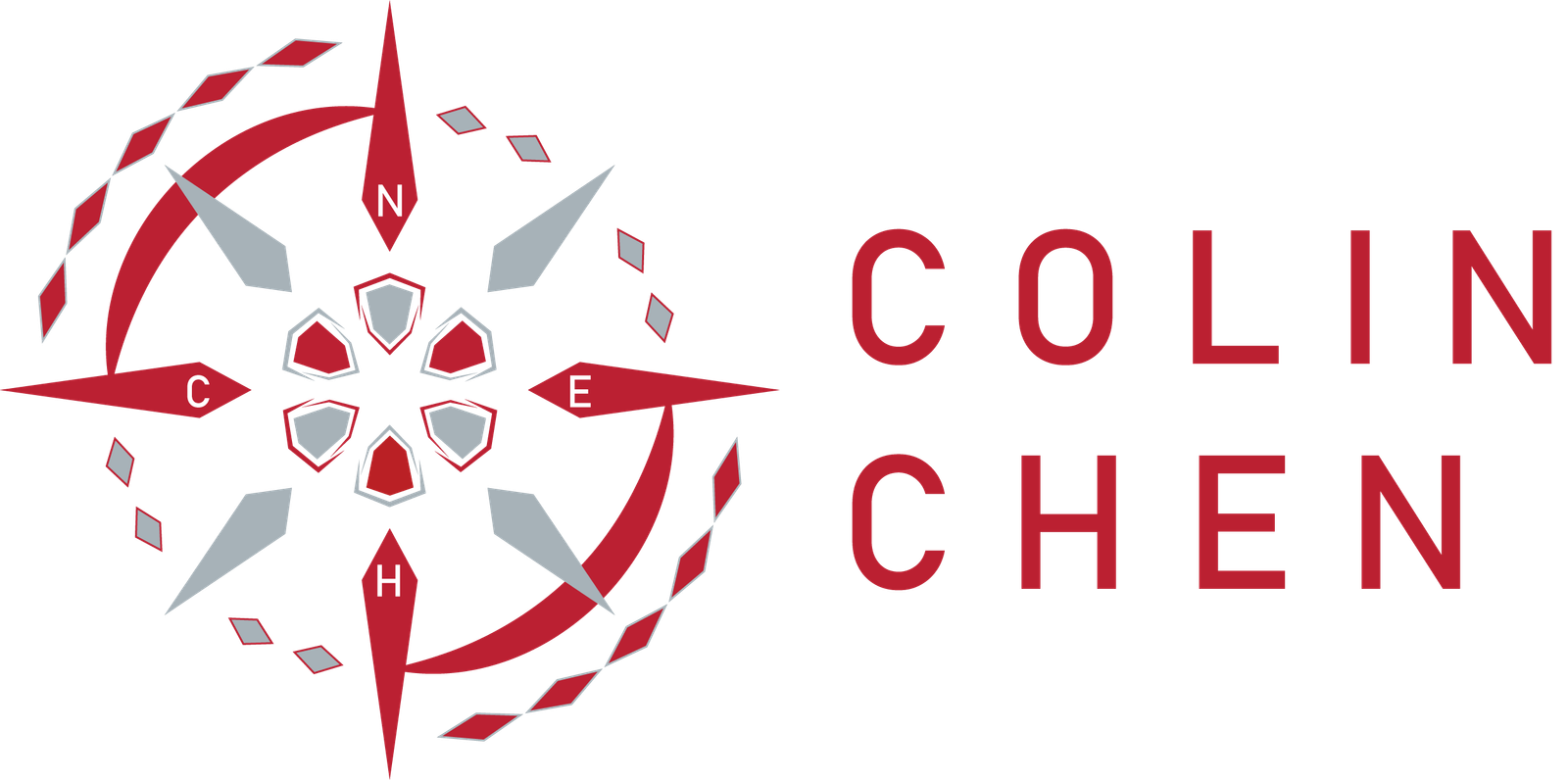Introduction
Quality Assurance (QA) is everywhere in the corporate environment, and it ensures robust/consistent operation within the corporate. In this introduction post, Quality Assurance’s job scope, Quality Management System (QMS), Quality Documentation Level and Quality Auditing Techniques will be explained.
Quality Assurance Job Functions
Based on the industrial experiences, quality assurance jobs can have the following positions/functions.
Responsible for establishing, implementing, and monitoring quality systems across corporation scope. Generally served as the Quality Management Representative for ISO system
Coordinate the document control center to review, comply, verify and maintain all QMS related documents (from level 1 to level 4)
Implement project/customer requirements into the corporation, prepare customer audit and relative qualification documents from NPI station to mass production.
Assist and maintain regulatory compliance status for product certification, also required for preparing product compliance’s regulatory audit.
Trace and ensure continuous improvement from across the organization from either Corrective Action and Preventive Action (CAPA) plan or other audit failures
Review organization suppliers and execute suppliers’ on-site audits to ensure suppliers are capable based on the corporation’s supplier quality standard.
Finalize internal audit plan and execute internal audit throughout the entire organization
Analyze and investigate claimed products and organize root cause analysis with cross-department function.
Manage calibration plan and execute equipment/instrument calibration across the organization. Certified calibration laboratories shall have ISO/IEC 17025 laboratory certification.
Execute quality control inspection from Incoming Quality (IQC), In-Process Quality (IPQC) and Final/Outgoing Quality (FQC or OQC) while verify product is within the agreed specification.
Quality Management System (QMS)
Quality Management System (QMS) helps and guides corporations to initialize a systematic approach for operation such as organization arrangement, resource planning, product/service realization, and continuous improvement. QMS is essential for product/service-providing corporations since the supplier will use similar or stricter audit methods to ensure the supplier provides qualified products/services.
As we see the QMS approach, the regulation and customer requirements will always be the initial point for the corporation to build the respective QMS. And QMS will be referred to the four-letter cycle, PDCA (Plan, Do Check, and Act) to improve QMS’ effectiveness and consistency.
When indicating the QMS scope, organization structure, resource management, product realization, measurement, analysis and improvement will always be the core aspect corporation needed for QMS implementation.
The following chart will be the general breakdown of ISO:9001 2015’s structure and why ISO:9001 is applied here since it’s the bone structure for basic QMS implementation.
QMS, in general, is similar to each other ISO clauses, but the ISO application may defer due to the industry application. Regardless, the critical principle for QMS is for the corporation to establish and regulate systematic procedures with transparent records.
ISO standard also varies based on industries, the following are the common standards people will hear:
For automobile industrial product
For medical device industry
For testing and calibration laboratory compliance
For Environment, Health and Safety compliance.
QMS Documentation
Documentation is always critical for QMS to establish proper operation processes, and this post will discuss 4 levels of QMS document which is the general classification for major QMS based companies.
Quality manual shall include general abstracts of the quality policy, resource management, product realization, and other essential QMS operation flow.
In addition, the quality Manual shall give a clear road map for auditors or people unfamiliar with the corporation’s QMS.
Extended details from the quality manual to prevent the quality manual become over-detailed.
Procedures complement the quality manual’s exact details for QMS operations, such as internal audit, supplier quality evaluation, calibration, production management, and many more.
Demonstrate how to initiate and complete respective tasks such as testing instrument operation, quality control measurement operation, production machine operation, and other possible required operations.
Having work instruction helps the corporation minimize variation coming from the appraiser’s end and standardize the operation steps.
Provides a way to track and record QMS operation records for monitoring and improvement.
Record forms will have necessary formats depending on which application is required, so record forms can vary coming from administrative perspective to product development & manufacturing.
